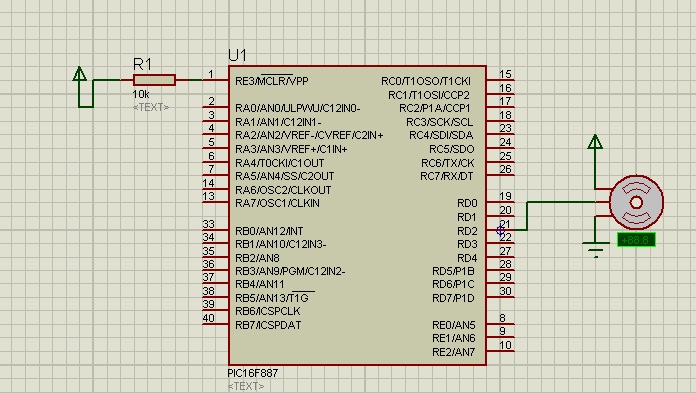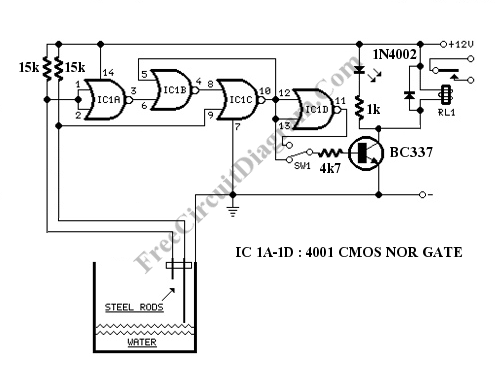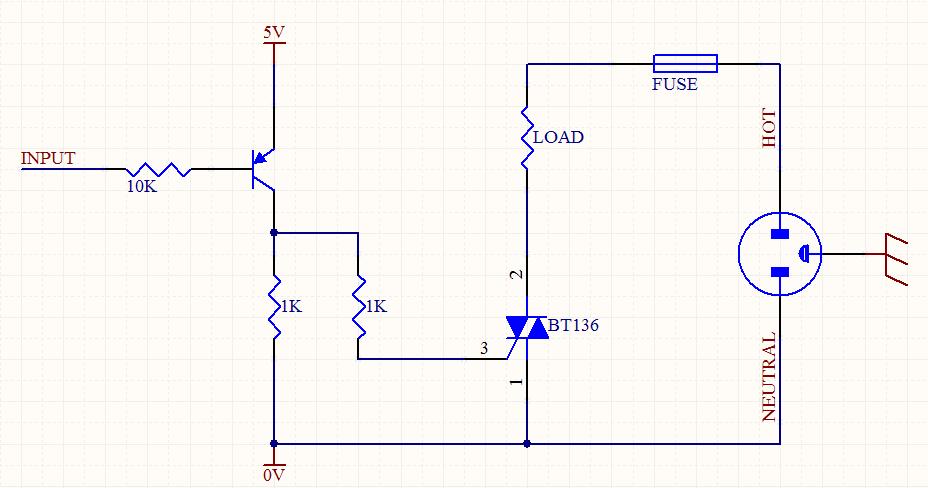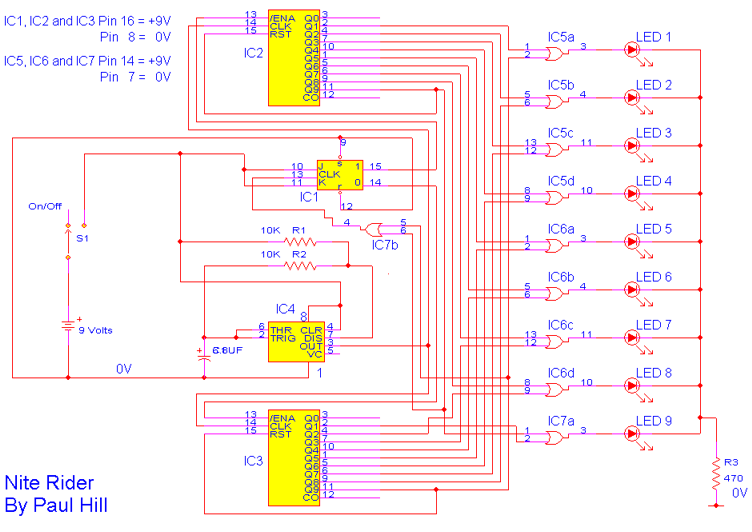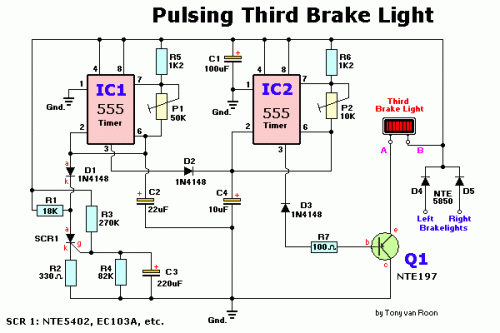
Light dimmer controller desk
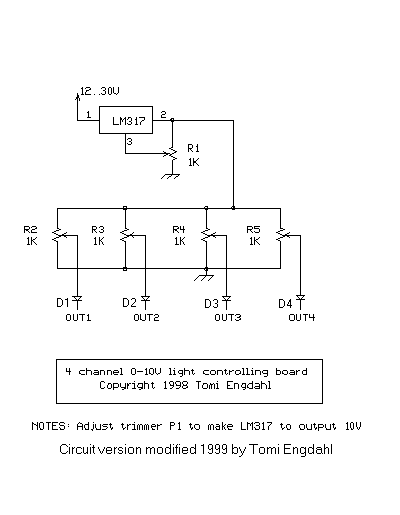
This circuit is a simple manual analog light control desk that outputs standard 0-10V control signals suitable for controlling professional light dimmers and other lighting equipment. The controller's output is a steady DC voltage that varies between 0 and 10V, where 0V represents the off condition and 10V indicates full on. Passive controllers with unbuffered outputs should use potentiometers with a resistance value of 10K ohms or less. This circuit employs a 1 kohm potentiometer for optimal performance and low output impedance. It is advised that controllers and output devices incorporate current limiting on all outputs to prevent damage from short circuits to the signal common. The control signal and all control connector pins must be isolated from AC mains (line and neutral), and it is preferable for the control signal to be isolated from earth ground. Short circuit protection is included in the design, particularly when the power supply has limited output current capability. The control signals are fully isolated in this design. The ESTA E1.3, Entertainment Technology - Lighting Control System - 0 to 10V Analog Control Protocol, Draft 9 June 1997 (CP/97-1003r1), states that controllers and output devices should be equipped with a blocking diode (or similar circuit) to ensure that each output presents an open circuit to any source voltage exceeding its own. These blocking diodes allow multiple controllers or outputs to be paralleled to control the same dimmers or receivers on a "highest takes precedence" basis. However, the design does not include blocking diodes as paralleling multiple controllers was deemed unnecessary for the simple applications intended for this controller. If paralleling multiple controllers is required, blocking diodes can be added, but this may introduce some nonlinearity to the control signal. The lighting control circuit diagram is straightforward, consisting of a voltage regulator (LM317 and R1) and the potentiometers. The regulator outputs a regulated +10V voltage, while the potentiometers adjust the output voltages. The voltage regulator must be calibrated to provide exactly 10V output voltage, which is achieved by adjusting the trimmer R1 and verifying the output voltage with a multimeter. The adjustable output voltage allows for compatibility with other control voltage standards, which, although rare, may exist in specific applications. The regulator IC does not require a special heatsink due to the relatively low output current needed (approximately 40 mA plus the current drawn from the outputs). Good mechanical construction is crucial for reliable operation. The circuit does not necessitate special shielding, as the DC control signals are not highly susceptible to interference. A small plastic case is ideal for this application, although a metal case may also be utilized. Given the minimal number of components, a specialized circuit board is not essential; direct wiring from one potentiometer to another can be employed. The regulator IC can be conveniently placed near the power input connector. The potentiometers R2 and R5 should be of the linear type, as the 0 to 10V control is intended to be linear. Potentiometers with a linear slider construction are recommended to provide the tactile feel of a genuine lighting desk. While rotary dial potentiometers can be used, they may compromise the usability of the desk. The selection of output connectors is flexible and should be based on the equipment intended for control. Suitable connector options include 9-pin and 25-pin D connectors. It is advisable for controllers or sending devices to utilize connectors with female contacts (sockets) whenever possible.This circuit is a very simple manual analogue light controlling desk which outputs standard 0-10V control signals suitable for controlling professional light dimmers and other lighting equipments. The output of the controller shall be a steady DC voltage varying between 0 and 10V. 0V represents off condition and 10V is full on. Passive controllers , with unbuffered outputs, shall use potentiometers with a resistance value of 10K ohms or less. This circuit uses 1 kohm for good performance and low output impedance. It is recommended that controllers and output devices have current limiting on all outputs such that they are not damaged by short circuits to signal common. The control signal and all control connector pins shall be isolated from AC mains (line and neutral).
It is encouraged that the control signal be isolated from earth ground. The short circuit protection in this circuit is provided in case when the power supply powering this circuit has limited output current capability. The control signals are fully isolated in this design. ESTA E1. 3, Entertainment Technology - Lighting Control System - 0 to 10V Analog Control Protocol, Draft 9 June 1997 (CP/97-1003r1) describes also that controllers and output devices shall be provided with a blocking diode (or similar circuit) such that each output presents an open circuit to any source voltage of more than itself.
The blocking diodes allow multiple controllers or outputs to be paralled to control the same dimmers or receivers on a "highest takes precedence" basis. My design does not include those blocking diodes bacause I did not feel that parallelling of many controllers was necessary in the simple applications where I planned to use this controller.
If you need to parallel multiple controllers then you can add the blocking diodes, but be warned that this causes some nonlinearity to the control signal. This lighting control circuit diagram is very simple. It just consists of voltage regulator (LM317 and R1) and the potentiometers. The regulator gives out regulated +10V voltage and the potentiometers adjust the output voltages. The voltage regulator needs to be adjusted to give out exactly 10V output voltage. The output voltage is adjusted by turning trimmer R1 and checking the output voltage with a multimeter.
Adjustable outrput voltage makes it possible to adjust the board also to other control voltage standard (those are quite rate but exist in some applications). The regulator IC does not need any special heatsink this this circuit because the output current needed from it is quite slow (around 40 mA + current taken from the outputs).
Good mechanical construction is essential for reliable operation. The circuit does not need any special shielding because the DC control signals are not very sensitive to interference. A good small plastic case is ideal for this application but you can as well use a metal case. Because there is so small number of components in this circuit you don`t necessarly need to make any special circuit board for this circuit.
The wiring can be made directly from the potentiometer to potentiometer. The regulator IC can be fitted near the power input connector quite easily. The potentiometers R2. R5 should be linear type because the 0 to 10V control is intended to be linear. The best type of potentiometer to use is the potentiometers with linear slider construction because you get in this way the touch and feel of a real lighting desk. You can also use rotary dial potentiometers but the usability of the desk will suffer from that. You can use whatever output connector you want for the signl output. The connector selection depends on the equipment you want to control. Good choices for connectors are for example 9 pin and 25 pin D connector. Controllers or sending devices are recommended to use connectors with female contacts (sockets) if suitable connector is available.
I recommend you to use 🔗 External reference
It is encouraged that the control signal be isolated from earth ground. The short circuit protection in this circuit is provided in case when the power supply powering this circuit has limited output current capability. The control signals are fully isolated in this design. ESTA E1. 3, Entertainment Technology - Lighting Control System - 0 to 10V Analog Control Protocol, Draft 9 June 1997 (CP/97-1003r1) describes also that controllers and output devices shall be provided with a blocking diode (or similar circuit) such that each output presents an open circuit to any source voltage of more than itself.
The blocking diodes allow multiple controllers or outputs to be paralled to control the same dimmers or receivers on a "highest takes precedence" basis. My design does not include those blocking diodes bacause I did not feel that parallelling of many controllers was necessary in the simple applications where I planned to use this controller.
If you need to parallel multiple controllers then you can add the blocking diodes, but be warned that this causes some nonlinearity to the control signal. This lighting control circuit diagram is very simple. It just consists of voltage regulator (LM317 and R1) and the potentiometers. The regulator gives out regulated +10V voltage and the potentiometers adjust the output voltages. The voltage regulator needs to be adjusted to give out exactly 10V output voltage. The output voltage is adjusted by turning trimmer R1 and checking the output voltage with a multimeter.
Adjustable outrput voltage makes it possible to adjust the board also to other control voltage standard (those are quite rate but exist in some applications). The regulator IC does not need any special heatsink this this circuit because the output current needed from it is quite slow (around 40 mA + current taken from the outputs).
Good mechanical construction is essential for reliable operation. The circuit does not need any special shielding because the DC control signals are not very sensitive to interference. A good small plastic case is ideal for this application but you can as well use a metal case. Because there is so small number of components in this circuit you don`t necessarly need to make any special circuit board for this circuit.
The wiring can be made directly from the potentiometer to potentiometer. The regulator IC can be fitted near the power input connector quite easily. The potentiometers R2. R5 should be linear type because the 0 to 10V control is intended to be linear. The best type of potentiometer to use is the potentiometers with linear slider construction because you get in this way the touch and feel of a real lighting desk. You can also use rotary dial potentiometers but the usability of the desk will suffer from that. You can use whatever output connector you want for the signl output. The connector selection depends on the equipment you want to control. Good choices for connectors are for example 9 pin and 25 pin D connector. Controllers or sending devices are recommended to use connectors with female contacts (sockets) if suitable connector is available.
I recommend you to use 🔗 External reference
